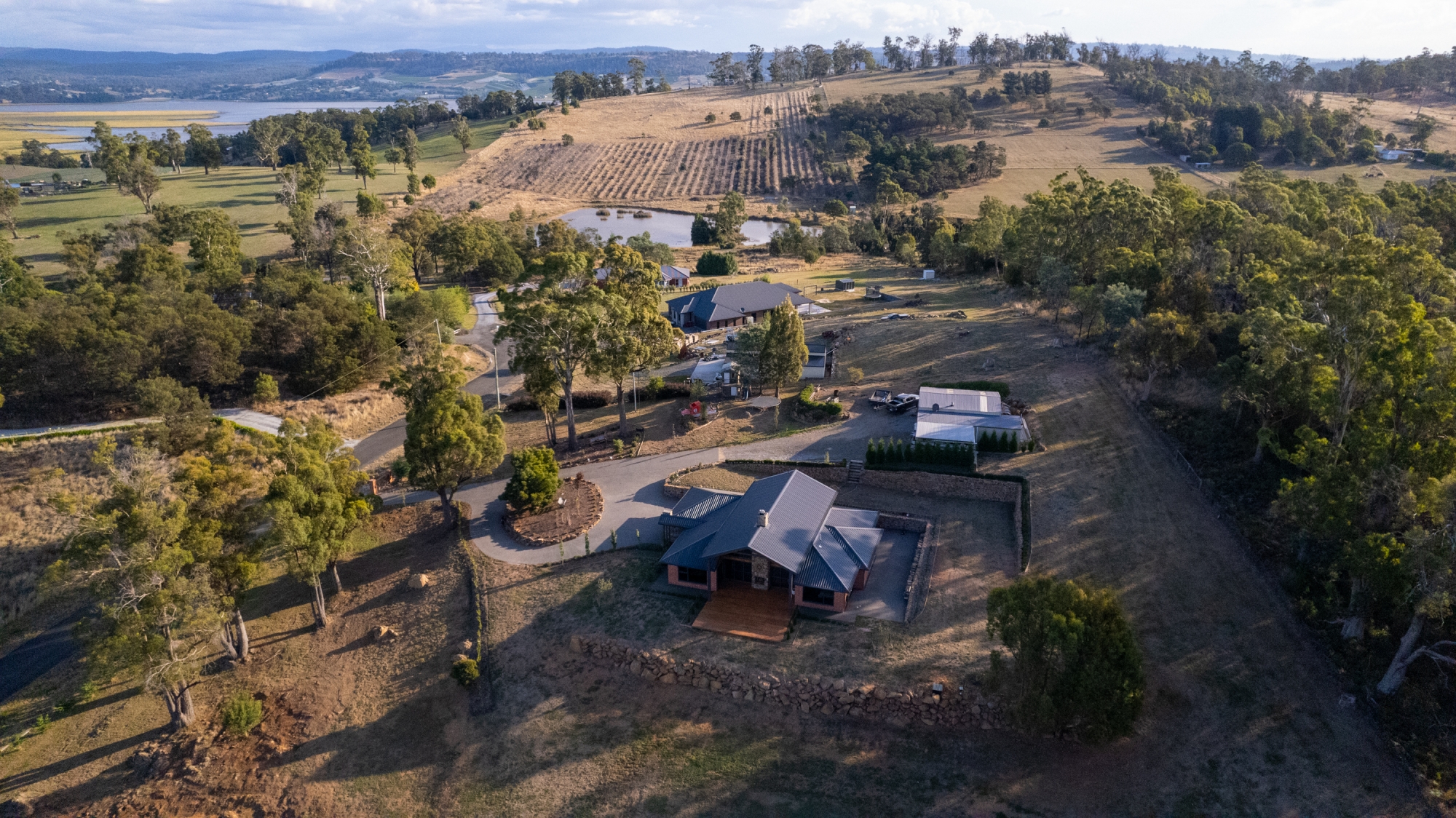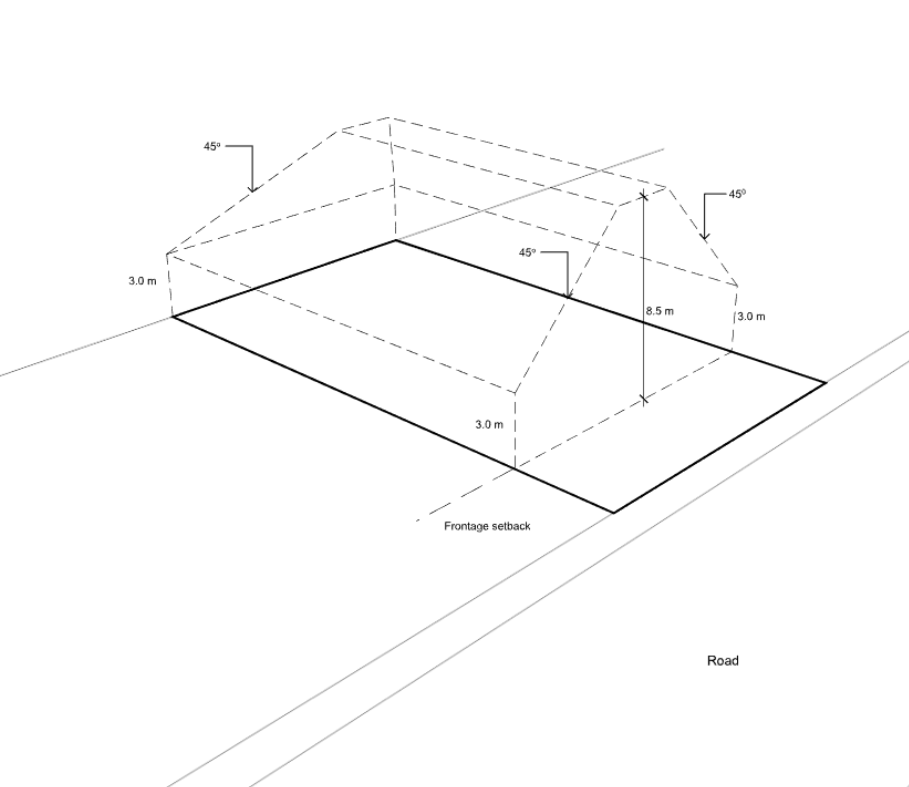
What is the difference between a setback and an easement?
What is the difference between a setback and an easement?
A setback can be defined as the position of where and how homes and associated structures are located on a block of land. It can be explained as the distance from any lot boundary to a building on the lot. A setback is a requirement of the Tasmanian Planning Scheme. Setbacks apply to all blocks, however, the individual setback requirements vary between zones and the relevant local councils.
Can setbacks be changed?
Yes. There are some occasions when you can propose an exception to the required setbacks. The required setbacks are the Acceptable Solutions, outlined in the Tasmanian Planning Scheme and the relevant zoning. To achieve this relaxation of the setback, an alternative solution that meets the performance criteria must be put forward and assessed by the local council Planning Department. A relaxation of the setbacks requires a discretionary development application and an advertising period where your neighbours (or others) can make a representation against the proposal you have put forward. Your discretionary proposal and whether or not you receive a planning permit will be decided by council.
Types of Building Setbacks
Front, rear and side setbacks – The distances required for front, rear and side setbacks can be found under the Tasmanian Planning Scheme requirements for specific zoning. Typically, the front setbacks are to ensure consistency with the streetscape and the side and rear to ensure privacy and amenities between neighbours.
Number of storeys – The height of your dwelling becomes relevant when it comes to setbacks. The setback for a ground floor is often different to the upper floors of a dwelling. Typically, for dwellings in the General Residential zoning this is dependent upon the dwelling proposed remaining within the building envelope, this is primarily to allow natural light and maintain privacy between neighbouring dwellings.

Type of property – The shape and size of your block will affect the building area of your land in regards to setbacks. For example, a square shaped lot will generally have front and rear setbacks and may quite easily accommodate a dwelling. However, for example, a smaller internal block may find the setbacks too restrictive to build within. A discretionary application can be submitted to your local council requesting permission to build outside the allocated setbacks on the property.
Population density – Site specific zoning determines your setbacks; different zoning applies to different areas of land. For example, proximity to the CBD will generally have setbacks far less than rural properties. Zoning of your block of land will generally determine the setbacks, however, other factors to consider regarding setbacks can be bushfire regulations and covenant restrictions.
The image left shows the building envelope required by clause 8. 4. 2 A3(a) and clause 8. 5. 1 A2(a) from the Tasmanian Planning Scheme.
Easements
An easement is an area of restricted or prohibited development on a block of land. Easements are ordinarily listed on the land title. Easements are generally in place to protect underground and overhead infrastructure or another specific condition of the site. Easements are not governed by the planning scheme but may be reviewed as part of the council application. Easements restrict development on parts of a block. It is the responsibility of the land owner to understand the easement in place on their land.
Examples of Easements
Right of way access – A right of way easement (also known as a right of carriageway) allows the owner to provide access to part of the land to be accessed by another owner for a driveway or pathway through to their land.
Services Easement- An easement for services to support surrounding infrastructure is a common type of easement. The easement may be over or under the property and will often (but not always) run parallel at the rear or side of a property. For example, sewer pipes laid underneath the land by the local water authority or an overhead electricity transmission line.
Encroachment of an Easement – An encroachment can occur when part of a building encroaches into the easement (all on the same title). For this permission from the grantee will be required to ensure no damage to their assets located within the easement.
What are easements used for?
- Sewer and water mains
- Supply of electricity
- Supply of gas
- Access roads
- Right to park a vehicle
- Party walls
- Pathways & walkways
How to locate an easement
The location of registered easements can ordinarily be seen on your land title. There are other circumstances where an easement may exist but is not shown on your title, for example, overhead powerlines. The portion of land that is affected by the easement/s will be specified on the schedule of easements pages of the Title information. In Tasmania, there is generally a small fee to obtain this information. However, typically this information will be provided during the purchase of the property.
Who maintains easements?
In the case of an easement being granted, the grantee is generally responsible for the maintenance of the pipes, pumps, electrical cables etc. In the case of a right of way, granting document specify this information then the question of maintenance is one that must be negotiated between the affected parties.
If you are looking to build a new residence, add an extension or build an ancillary dwelling on your property, your building designer should be able to assist you regarding the legislation surrounding setbacks and easements. If you are looking for an obligation free quote for our building design services, contact us. Our quotes are very comprehensive see what’s included in our fixed price quotes
The above are general statements only and you should ALWAYS seek site specific advice from a professional.
